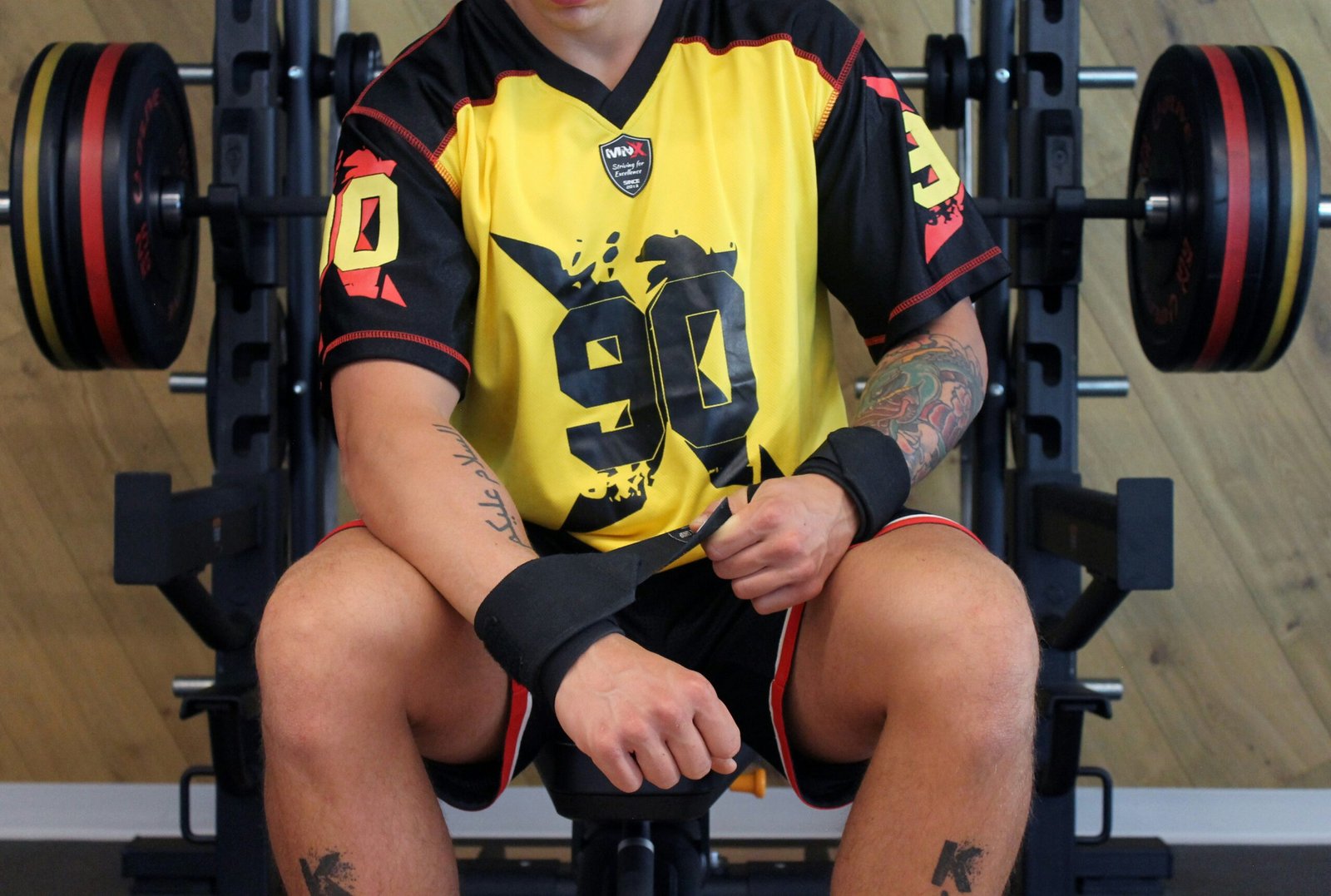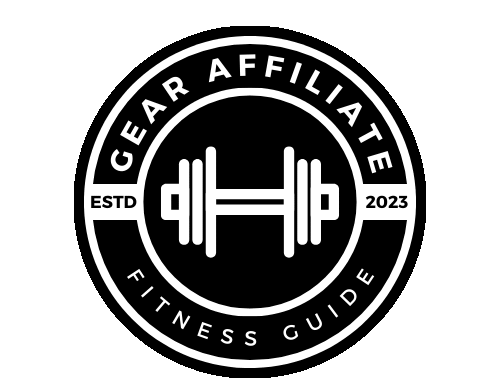
Why Warming Up is Crucial for Every Workout
Warming up before a workout is an essential component of any exercise regimen, delivering numerous physiological and psychological benefits. One of the primary advantages of a proper warm-up is the increase in blood flow to the muscles. As the heart rate elevates, oxygen-rich blood circulates more effectively, providing the muscles with the necessary nutrients for optimal performance. This enhanced blood flow not only prepares the body for physical activity but also aids in the removal of metabolic waste products generated during intense exercise.
Another critical aspect of warming up is its positive impact on flexibility. Engaging in dynamic stretching and mobility exercises increases the range of motion in the joints and muscles, promoting better movement patterns during the workout. Improved flexibility can also lead to enhanced overall athletic performance, as it enables more efficient and effective muscle contractions. Furthermore, a proper warm-up can help to reduce the risk of injury significantly. By gradually increasing the intensity of physical activity, the body has time to adapt, lowering the likelihood of strains, sprains, or other injuries associated with sudden movements.
In addition to the physiological benefits, a warm-up routine also offers vital psychological advantages. A structured warm-up routine can enhance mental focus, allowing individuals to mentally prepare for the workout ahead. This transition from a state of rest to a state of readiness can instill confidence and a sense of purpose. Furthermore, dedicating time to warm-up activities establishes a positive mindset around the workout, encouraging individuals to engage fully and push their limits.
Overall, warming up before exercising is a fundamental practice that promotes physical preparedness, increases flexibility, reduces injury risks, and fosters mental readiness, all contributing to a more effective and enjoyable workout experience.
Common Myths About Warming Up
Warming up before engaging in physical activity is often surrounded by various misconceptions that can lead individuals to overlook its importance. One prevalent myth is that warm-ups are unnecessary for short workouts. Many believe that if their session lasts only 15-20 minutes, their body does not require a preparatory routine. However, regardless of the duration of the workout, the body benefits from the gradual increase in heart rate, blood flow to muscles, and the enhanced range of motion that comes with a warm-up routine. Skipping a warm-up can significantly increase the risk of injury, as muscles and joints may not be adequately prepared for sudden exertion.
Another common fallacy is the belief that stretching alone suffices as a warm-up. While stretching is a component of a warm-up routine, it should not be the sole focus. Static stretching, performed without prior movement, can potentially decrease strength and power for subsequent activities. A comprehensive warm-up involves dynamic movements that mimic the exercises to be performed, activating the muscles, joints, and neuromuscular systems. Activities such as brisk walking, light jogging, or mobility exercises can effectively increase body temperature and promote better performance.
Evidence suggests that a well-structured warm-up can enhance overall workout performance, improving speed, agility, and strength by preparing the body adequately. Moreover, warm-ups help establish a mental focus, making individuals more aware and prepared for the workout ahead. Understanding these common myths is crucial for individuals aiming for optimal performance and safety during their exercise sessions. By recognizing the value of a proper warm-up routine, one can significantly improve their physical conditioning while minimizing the likelihood of injuries.
Proper Warm-Up Routine: Steps and Techniques
Warming up is a crucial part of any workout routine, as it prepares both the body and mind for the subsequent exercise. To effectively warm up before your workout, it’s essential to follow a structured approach, a warm-up routine if you will. Here are the key steps and techniques to incorporate into your warm-up routine, tailored to various types of exercises.
A general warm-up routine consists of 5 to 10 minutes of light aerobic activity, such as brisk walking, jogging, or cycling. This helps increase your heart rate and blood circulation to the muscles, promoting optimal function. The intensity should be low to moderate, suitable for your fitness level, and aimed at gradually preparing your body for more demanding movements.
Next, incorporate dynamic stretching exercises, which are beneficial for increasing flexibility and range of motion. Examples include arm circles, leg swings, and torso twists. Aim for 5 to 10 minutes of dynamic stretches focusing on the major muscle groups you plan to engage during your workout. These motions should be controlled and performed in a gradual manner to prevent injury.
For individuals participating in strength training, mobility exercises are essential. Incorporate movements such as hip openers, ankle circles, or shoulder dislocates to enhance joint mobility. Spend an additional 5 to 10 minutes on these exercises, as they help improve overall movement patterns and ensure proper form during weightlifting.
Lastly, if your workout involves sports or skill-based activities, include sport-specific drills during the last phase of your warm-up. These can be short sprints, practice shots, or agility drills conducted at a low intensity. Aim for about 5 minutes, focusing on proper technique to prepare your body for the upcoming physical demands.
Collectively, these steps will ensure a comprehensive warm-up routine that enhances performance and reduces the risk of injury, optimizing your workout experience. Remember, a well-structured warm-up is a fundamental part of a successful fitness regimen.
Creating a Personalized Warm-Up Routine
Developing a personalized warm-up routine is an essential element of any workout regimen. It serves to prepare the body for physical activity by gradually increasing heart rate and loosening muscles. The first step in crafting this routine is to assess your individual fitness level. Consider how frequently you exercise, your current strength, flexibility, and overall health. This self-assessment can help you determine the intensity and duration of your warm-up.
Next, it is crucial to identify specific muscle groups that may require more attention. For instance, if you plan to engage in activities that heavily involve the legs such as running or cycling, include dynamic stretches like leg swings or lunges to focus on the hip flexors and quadriceps. Conversely, if your workout centers on upper body strength, incorporate movements like arm circles and torso twists to prepare the shoulders and back muscles. Tailoring your warm-up in this manner ensures that you effectively prime the areas of your body that will be most engaged during the workout.
Moreover, you should consider the type of workout you have scheduled. A high-intensity interval training (HIIT) session might necessitate a more vigorous warm-up, featuring bursts of activity that reflect the intensity of the workout itself. In contrast, a yoga session may require slower, more deliberate stretches. Regardless of the activity, the goal is to ensure that your warm-up complements your planned exercises.
Lastly, creating a warm-up plan that fits seamlessly into your schedule is vital for consistency. Aim for a warm-up routine that requires no more than 10-15 minutes, allowing it to easily integrate into your daily routine. By adjusting your warm-up based on personal needs and workout types, you not only enhance your performance but also reduce the risk of injury, making your fitness journey more effective and fulfilling.
If you found this post to be helpful, then you may be interested in the rest of our blog page here.
At Gear Affiliate, we always want to give our readers more resources to research. Below are a few sources that we have found to be helpful relating to this topic.

